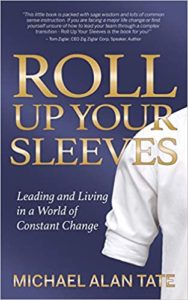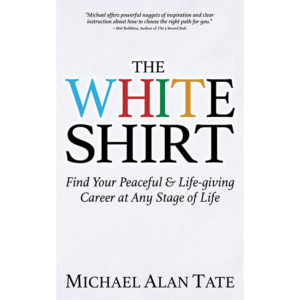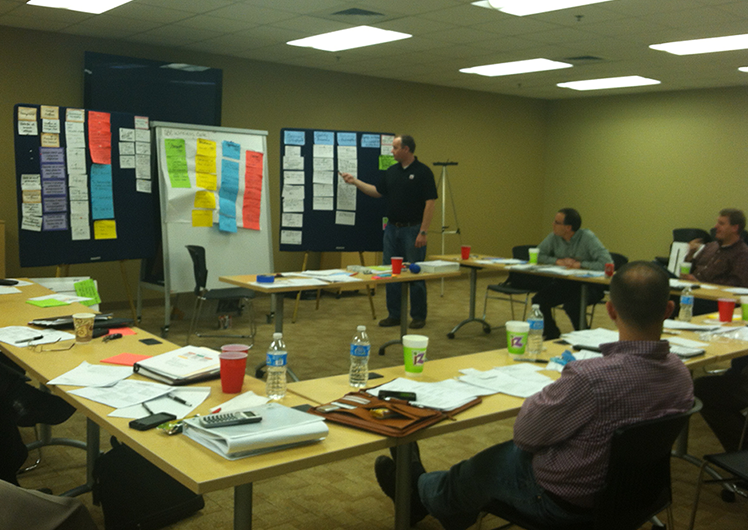Mark the Start
This local college president is a visionary with a hands-off approach to leadership. She invested over 15 years ingraining quality and efficiency at the main campus. Three years ago the college established a second campus on the other side of town.
Although very near retirement at that time, she was on the new campus almost every day. This seemed out of character. So I asked her why she was spending so much time there. She said, “Because I need to make my mark.” By this she meant she knew she needed to model the organization’s values and teach their principles of success, by being very hands-on at the beginning.
Faulty Assumption
Leaders often assume that if they have an effective model in place and want to grow the enterprise elsewhere, the answer is to just plug in the proven structure and processes and the new venture will run itself. This hands-off approach seldom works at the enterprise level or even day-to-day.
When a new project gets assigned, a new leader is hired or a manager moves to lead a new team, there is that tendency to think that your job as the manager is done. With a sigh of relief we say, “It’s time to be hands-off and let them do their job.” Being hands-off too quickly can quickly turn a high priority project team into a disgruntled committee or transform an enthused high potential leader in to a discouraged manager wandering in the wilderness.
Invest Now or Later
Endowing power and pushing ownership in order to develop others is critical for success now and succession later. Investing purposeful time at the inception sets things up for long-term success. The truth is, we will invest our time sometime, either to manage out of a mess later on, or mark it up well in the beginning.
Today the new college campus has surpassed the enrollment of the main campus. The college president retired soon after the new campus hit its stride. She is now making her mark on her community and the lives of her grandchildren.
Journal Entry: Are you facing a new project launch or significant management change? Is there a tricky transition coming your way that needs to begin on the right foot? What will you do your mark the start so you can help others find more success in leadership and life?
The beginning is the most important part of the work.” – Plato,The Republic
Things alter for the worse spontaneously, if they be not altered for the better designedly.” – Francis Bacon
All growth depends upon activity. There is no development physically or intellectually without effort, and effort means work.” – Calvin Coolidge
Problems do not go away. They must be worked through or else they remain, forever a barrier to the growth and development of the spirit.” – M. Scott Peck
Never put off till tomorrow what may be done day after tomorrow just as well.” – Mark Twain



